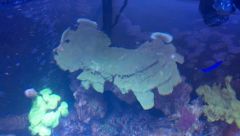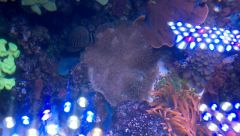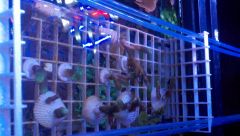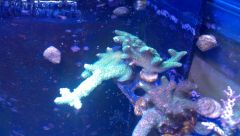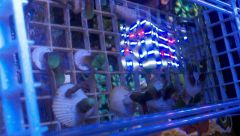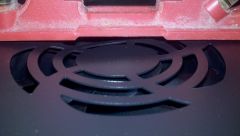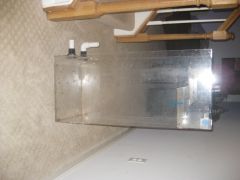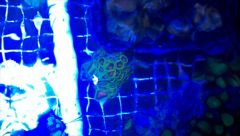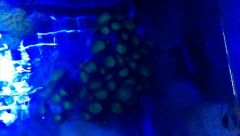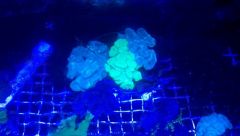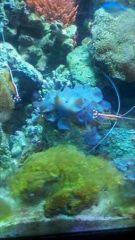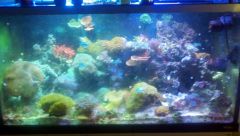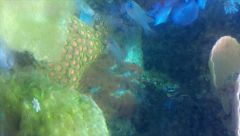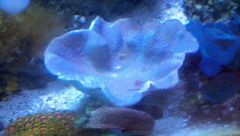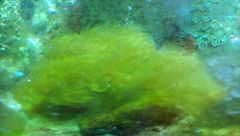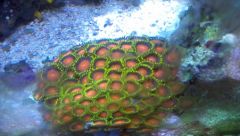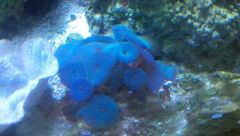
Scott_LM
BB Participant-
Posts
422 -
Joined
-
Last visited
Content Type
Profiles
Forums
Gallery
Events
Store
Everything posted by Scott_LM
-
From the album: misc
-
From the album: misc
-
From the album: misc
-
From the album: misc
-
From the album: misc
-
help, power out...battery air stone in woodbridge?
Scott_LM replied to matt's topic in General Discussion
Drive to walmart and look in the fishing section. They have battery powered air pumps with stones. -
If you can't find a smaller scale timer you could just dilute the solution by whatever factor needed to equal 15 minutes.
-
Your pump is a Mag drive 2. 200 GPH. You will want to get something larger for a 90. I recommend against the Tee. Run two separate returns to your sump and 2 dursos.
-
drilling new holes from the inside of the tank?
Scott_LM replied to AlanM's topic in General Discussion
Don't forget the siphon break when you add the returns under the water line. or backflow valve. -
From the album: misc
-
Dave, Nice video. Your density looks ok, it is tough to tell from a 2D perspective, but I see lots of rots. In Wilkerson's book she mentions the vial trick. If you fill a test vial with your water you can easily count the rotifers. I don't remember what the number was and don't have the book with me now, so you'd have to look it up. The swimming doesn't look terrible, but it is hard to judge with such a short video. In my experience once you have the light levels correct the larvae will just kinda hover around waiting for a rot to pass by and then start tracking it. These are the things I would check: -Light in the tank -current in the tank (this may be a bit high watching the video) -culture density with appropriate food Once you have those dialed in the rearing tank is set. Nutrition in the parents and thus fry is very very important as well. The fry don't have a chance unless they started with a fighting chance. Green water cultures. Many breeders have gone away from culturing and instead by the algae pastes now commonly available. These are a bit expensive, but can be stored in the fridge for a while and dosed slowly. It is difficult to tell if the rots are eating the algae and even more to tell what type of algea you are culturing. It seems many times a culture of Nanno or Iso will crash just to be replaced with something worthless from the air. This is another benefit of the paste. Disclaimer that I have never used the paste, but it does take one variable out of the equation (as long as it is from a reputable source). I believe Brineshrimp direct and Florida Aqua Farms sells one. See link: http://www.brineshrimpdirect.com/Algae-Pastes-c6.html Another option is to buy the phyto cocktail from a local store (QR sells them) and start to culture that. This is normally a mix and Nanno normally wins out in the end. Nanno is supposedly the easiest to culture, but the least nutritional. You will be able to tell very quickly if the fry are taking rotifers by examining them under a magnifying glass. You will see the little orange dots arranged in the stomach cavity. If you don't see this in the first couple days then they are not eating. Sometimes you have to sacrifice one to learn what is going on. I think I found a problem. It just occurred to me that your rearing tank water was very clear. You need to tint this as well. You don't need much, but it helps with the light difusion and has the added benefit of feeding the rots that haven't been eaten. As a side note I read the article you linked to. Wittenrich seems to know his stuff and he references raising them with copepod nauplii. That may be a problem for you just trying to use rots, but keep trying any way. If you don't see the gut full then this may be your problem. Good luck!
-
Dave, I meant to ask... when you say dart around what does that mean? For Clowns and Dottybacks, they will curl there tail, like a snake about to strike, and then lunge at the food. When you see it you will know. It happens in almost slow motion. If they are darting as in swimming around then that is not a feeding behavior I have seen.
-
Dave, Nice thread!! Love the pics. Couple things I forgot to mention in the PMs. Take everything out of the tank except heater after they hatch. You also need to "black" out the sides and I suggest you paint or place a white piece of paper under the tank. Do you notice the newly hatched larvae have a yolk sac? Normally they may not eat for the first day or so, so I doubt they died because of lack of food. It is possible that they beat themselves to death chasing the light. Larvae are phototrophic. A light on a dimmer is the best as you can adjust as necessary. Good luck and keep up the good work! Put me in line for a couple of them when you get them past meta! BTW, do you know how long they stay in the larval stage?
-
Enkay, Something to keep in mind when breeding marine fish vs freshwater fish is the larval stage(s). Size for marine larval stage is significantly smaller than freshwater in most cases. If you don't have Joyce Wilkerson's book called "Clownfish ..." I highly suggest you find a copy. It does focus on clownfish, but the techniques explained will help you along the way. Good luck!
-
I don't know much about the internal workings or you pump but it sounds like it doesn't like the backpressure created by the machanics. The spin stream doesn't have very good reviews by the few that I read. Can you take it back?
-
Not submersible, but a dosing pump can give you around 1gph.
-
Check on Reefcentral, breeders registry and MOFIB (if still active). There have been many that were trying (Matt Pederson sp?) was trying I think at one point. If I remember correctly the larva are very small and difficult to collect. If you are going to try breeding marine fish i would suggest to find a pair of clowns and hone your skills there. They are the easiet larval baring fish that I know of. Then you can move on to the more complicated species. Good luck!!!
-
I think you need a bigger sump. I have a 30 gallon sump on a 200 gallon tank with 2 overflows. With a mag 12 as my return pump my sump water level fluctuates about 6-8 inches between pump on and pump off. This is because the amount of water needed to fill the piping and level in which is rises above the weir in the display. When you have multiple tanks overflowing into each other you have to account for this added water. I think your sump should be at least a 55 if not something larger and start with the water level as low as you can until you get the logistics worked out.
-
help determining easiest way to add refugium in garage
Scott_LM replied to pizzaguy's topic in General Discussion
If your garage is anything like mine I think you will run into heat and cold issues in the winter and summer. I would build a cabinet and insulate it or somehow tie it into the house via HVAC. Make sure the cabinet is sealed which will help with the son problem and temperature issue. Good luck. -
I am no chemist, but it seems unlikely it is that high. How old is the test kit you are using?
-
Can I run my protein skimmer to a drain?
Scott_LM replied to dante411x's topic in General Discussion
Be careful with the bucket. If your skimmer were to overflow at least with the drain the house would be fine. With the bucket, the skimmer overflows, then the bucket, then the carpet or hardwood is ruined and next comes a very unhappy wife. Then comes more complaining about the large tank purchases, then general misery in the household. -
Deep cycle batteries are rated in AMP/Hrs. The ones I have for my boat are ~500 Amp/Hrs. This means theoretically it can deliver 500 amps for 1 hr or 1 amp for 500 hrs. This is not true in practice for a meriad of factors, but close enough. Also keep in mind this is 12volts DC. So again theoretically this gives you 12 Watts that could be drawn per hr for 500 hrs or 6000W for 1hr (P=IE). You will lose efficiency in the conversion from 12V DC to 120V AC that is dependant on the inverter. Let's assume that everything is 100% efficient. Assuming that you should be able to run a 100W heater for 60hrs on a fully charged battery. Setting up the system to work automatically when power is on and off can be accomplished by using a simple normally open relay (NO). I have seen simple circuit diagrams on reefcentral that show how to do this. It will require that your battery and inverter be hooked up at all times and you will need a battery charger as well.


